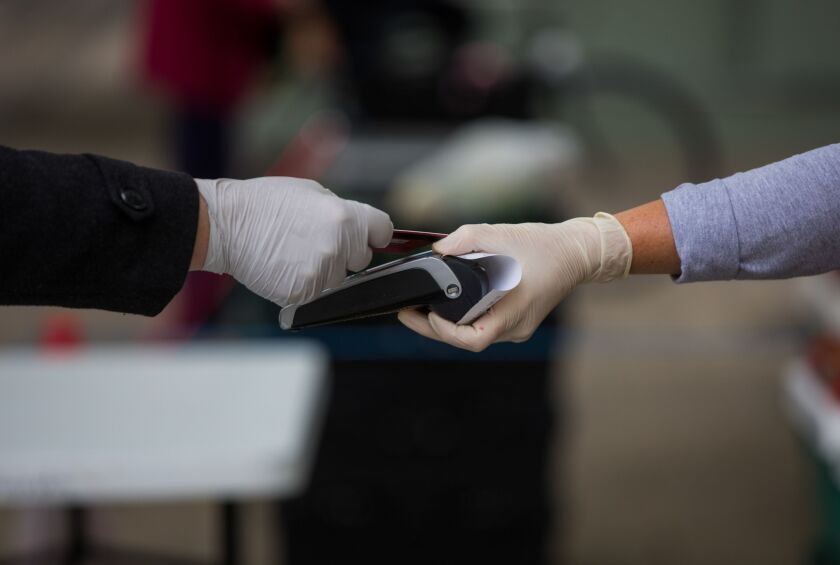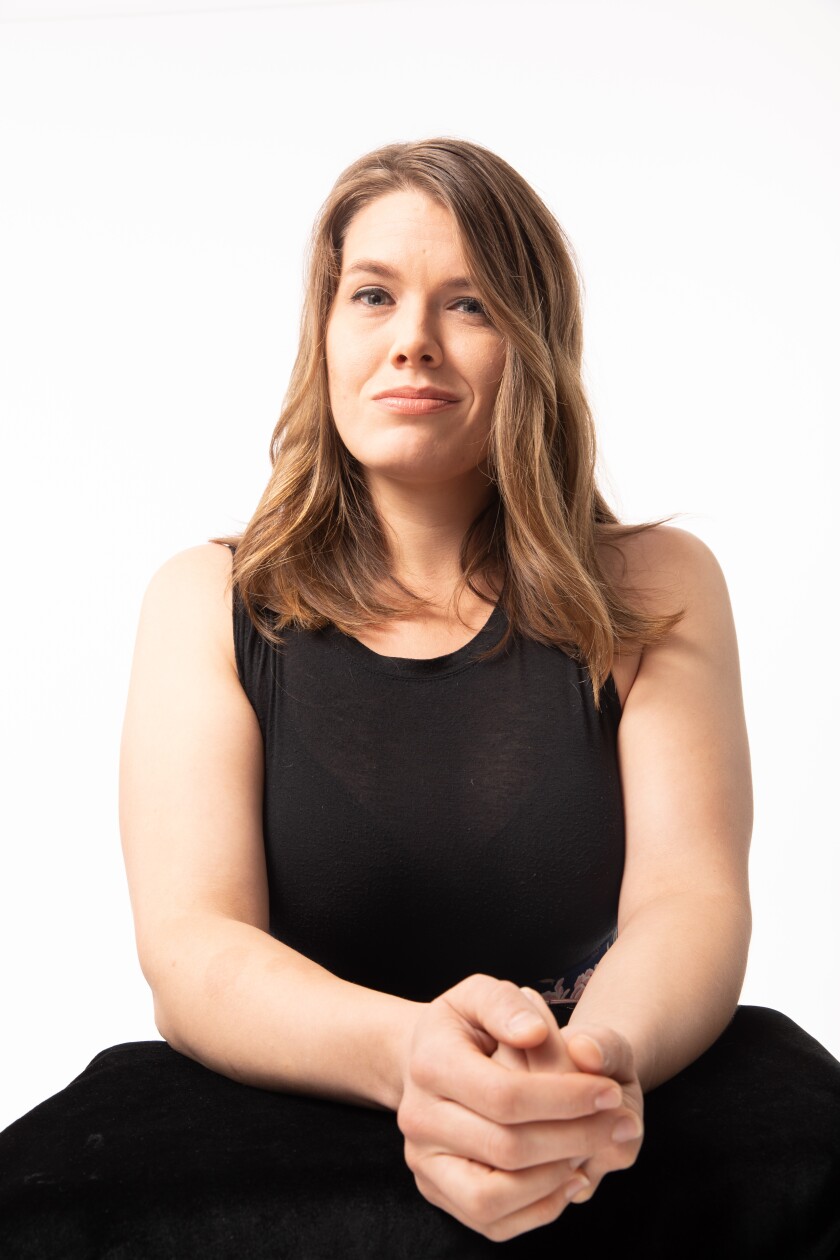The coronavirus’ economic fallout has drawn more attention to buy-now-pay-later options, leading to fresh creativity in business models and marketing.
Klarna has introduced a rewards plan just as all-in-one card company Curve enters the point of sale credit market. The moves give both companies their own differentiators as the point of sale credit market heats up in the U.S.
Curve Credit has opened a waiting list in anticipation of launch later this year, and will allow consumers to pay credit card debt and split transactions into installments made on any connected card at any merchant. The function for the credit product builds off of Curve’s back in time feature, which allows users to retroactively change the card they used for a prior payment. The London-based Curve recently extended the window for this feature to 90 days from 14.
“We will be a fintech lender, using the synergies and economies of scope that exist between payments and lending,” said Paul Harrald, head of Curve Credit.
By tying Curve Credit to the back in time feature, consumers will be able to split payments into installments after the purchase, rather than directly at the point of sale. Credit at the point of sale will still be an option.

Curve manages these functions on behalf of consumers. Curve did not provide details on changes to its risk management structure necessary to extend its back in time feature. Curve this spring signed a membership deal with Mastercard, giving Curve greater control over its issuing strategy.
Curve has also spent the past four years building what it calls the OTT Banking Platform, which consolidates bank relationships into one app and manages payment shifts and retroactive changes agnostic to the card issuing bank or merchant. Curve credit users will split transactions into three monthly installments and will pay off their loans through the Curve app.
The Minneapolis company’s partnership with the Black Business Investment Fund and other community development financial institutions is an example of how banks can fulfill multimillion-dollar pledges aimed at closing the racial wealth gap.
If the mega payments deals of 2019 left the acquiring landscape somewhat scorched, the COVID-19 pandemic planted new seeds to allow ISOs to grow by quickly converting merchants to electronic payments.
As if marketing an accounting firm wasn’t challenging enough, throw in COVID-19 along with political, social and economic upheaval, and you’ve got a challenge for the ages.
All-in-one cards traditionally struggled when held up against mobile wallets — there’s an entire roster of firms whose cards didn’t work out. But Curve has chugged along, helped by features such as its back in time offer, hooking up with all three major mobile wallets to dramatically bridge bank and geographic acceptance gaps for mobile payments. Curve also recently added a no-fee transfer service.
“Most providers of this service are limited to specific merchant-partners, but Curve can offer financing for any purchase at any merchant,” said David Shipper, a senior research analyst at Aite. “Curve also has insights into the cardholders' spending habits and other information that allows them to make informed decisions about the borrower.”
Buy now, rewards later
Klarna’s campaign, Vibe, is a rewards-based program that accumulates based on spending and includes Starbucks, Sephora, Foot Locker and Uber among initial retailers. Vibe will also include offers and deals to members, and is targeting a segment of consumers in the buy-now-pay-later demographic that typically does not receive incentives, a Klarna spokesperson said, adding Vibe will also reward consumers for completing installment payments on time.
Over the past two years, Klarna has expanded geographically to markets that traditionally have not used digital services for point of sale credit. Fintechs that offer installment payments as a card alternative were long more popular in Europe than in the U.S.
“Even though Klarna is limited to specific merchants, they are highlighted as a payment option during checkout, which is an advantage that Curve does not have,” Shipper said. “As long as Klarna can continue to grow their merchant client-base, they will be well positioned to maintain a leader in this space.”
The coronavirus has boosted appeal for point of sale credit as more consumers look to avoid the revolving debt of credit cards and merchants look to sell larger items while facing an economic downturn and restrictions on their brick and mortar footprints. Both Splitit and Klarna reported large boosts in usage this spring
Klarna and Curve are also no strangers to general marketing. Both firms have benefited from creating fundraising that served as a way to lure attention while funding expansion. Klarna’s investors include Chinese digital commerce giant Ant, but also Snoop Dogg. All of it counts as Klarna’s valuation soared past $5 billion, making the Swedish firm one of Europe’s most valuable fintechs.
Curve used a crowdfunding campaign, an option usually deployed by much smaller startups, to build buzz around its product — the crowdfunding also served as incentive marketing for investors who received limited-edition investor cards. Curve has also raised funds from more traditional technology investors such as Gauss Ventures.
“The buy-now-pay-later model is a trend we expect to expand in the U.S. and abroad,” Shipper said.







